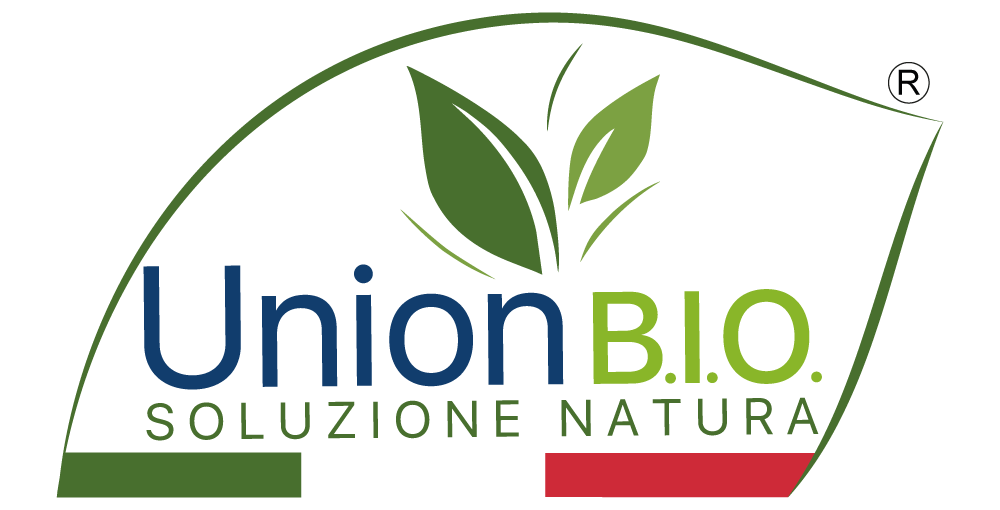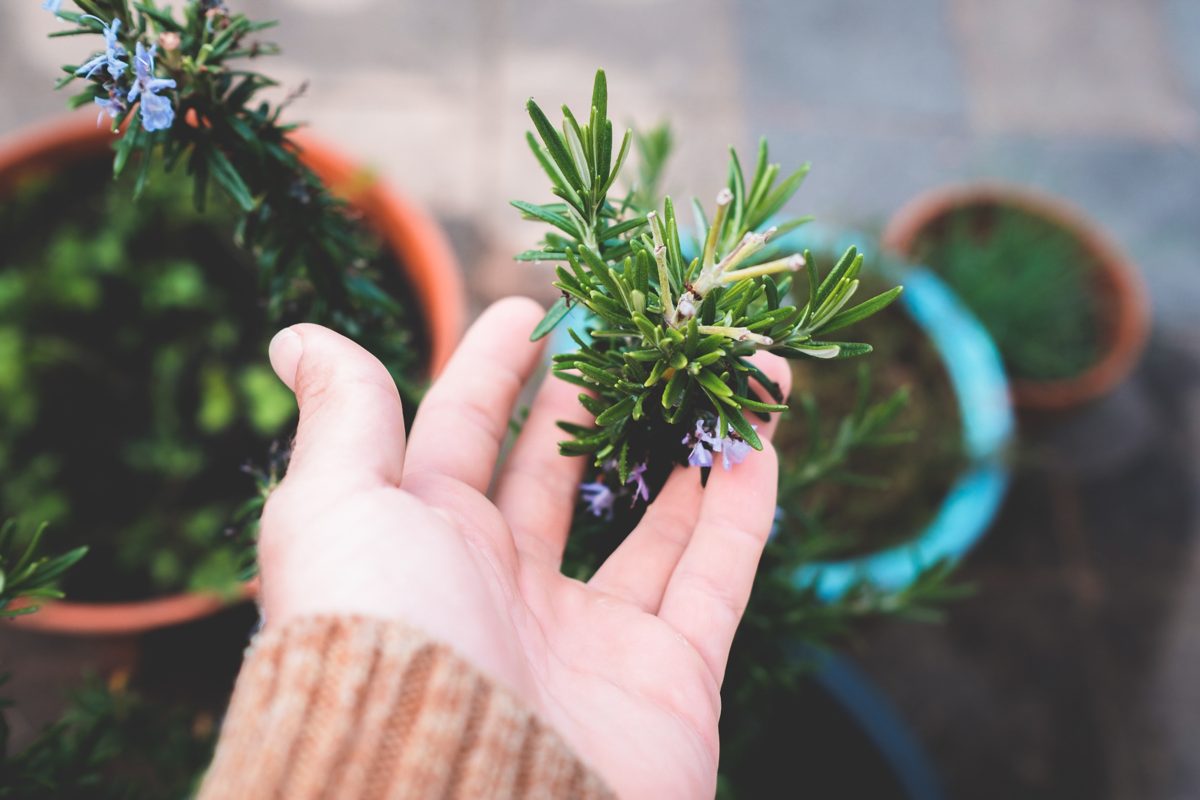Il Linum usitatissimum is a herbaceous plant annual belonging to the linaceae family. It has thin, lanceolate leaves and blooms in the period between April and September. They exist about 200 species of linen plants with flowers of the most varied colors, ranging from classic blue, to purple, yellow, red, white, pink, blue and other shades.
Its name comes from the Greek "linen", thread, and is one of the oldest plants in the history of the world, already present in prehistory, it has always been used as food, as a source of textile fibers, oil and for phytotherapeutic preparations. Everything is used of flax, both for textile, cosmetic, phytotherapeutic and even food purposes!
Its seeds have oval shape, are red / brown in color, smooth to the touch, shiny and with sharp ends. They are harvested between July and September by threshing, in the same way as wheat.

I flax seed they are rich in unsaturated fatty acids (the Omega3 content is remarkable), mucilage, resin, tannins, mineral salts, proteins, fibers and lignans.
After Perilla, they are one of the richest plant sources of omega3, essential fatty acids with known anti-inflammatory power, but are also very useful in cases of osteoporosis, hypertension and circulatory disorders.
Property: emollients, anti-inflammatory, antioxidants, laxatives, anticancer, nourishing, intestinal tract regulators, cardio-proective.
Internal use: flax is used for its anti-inflammatory properties active on the gastro-intestinal tract thanks to the presence of mucilage, as well as on the urinary tract, especially in case of cystitis. Flax seeds then stimulate the immune system, help the body to activate its own purification processes and promote intestinal regularity. Flax is also rich in precious mineral salts, such as manganese, phosphorus, copper and magnesium, as well as proteins and B vitamins. "Hippocrates (650 BC) describes it as suitable for treating intestinal disorders in man, and in ancient times it was used by the Egyptians, the Greeks and the Romans.
External use: flax has always been known for its nourishing properties on the hair and skin, but it is also very useful for relieving rheumatic pains, to soothe the throat in the form of a gargle, and applied to the skin to relieve redness and inflammation.
And in animals?
In Canada the Linum usitatissimum it is among the plants most used by veterinary doctors who deal with pets.
Il Flax in animals has demonstrated an evident antitumor action, reducing not only the potential metastatic cells, but also the size of the secondary tumor mass (Yan, 1998).
Flax, being rich in fibre, is used in animals to increase the water content and quantity of faeces, optimize intestinal bacterial populations and to nourish the cells of the intestinal wall.
Studies on dog highlight its ability to improve the conditions of skin and coat, also acting positively on the symptoms of one of the most frequent diseases today, the atopic dermatitis. It is also preferable to fish oil, because it does not contain heavy metals!
It also helps to regulate intestinal functions of our 4-legged friends, thanks to its high content of soluble fibres, which has a positive effect on the fermentations of the "good bacteria", and thanks to the presence of insoluble fiber which instead acts by regulating intestinal transit.
For external use it is excellent nourishing for both coat and skin, which makes it shinier, softer and healthier!



















